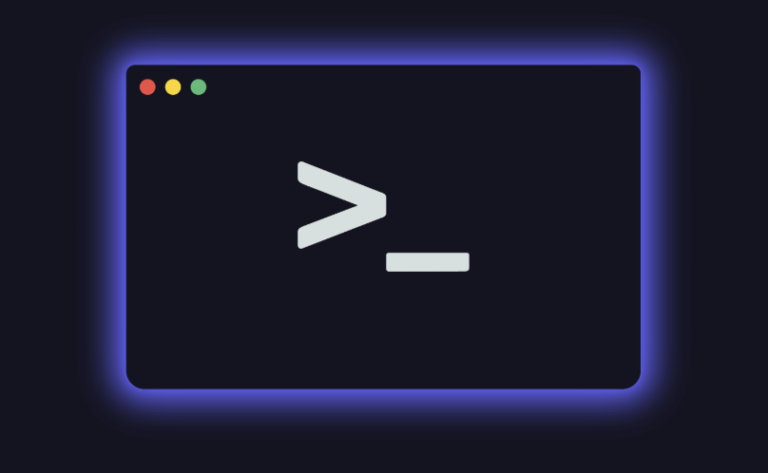How Can a Warehouse Execution System Empower Your Warehouse?
Today, a great deal of your operation – whether you have a manufacturing plant, or a distribution center, or have a warehouse attached to your business – is automated thanks to apps and software. The main benefit of those heaven-sends are that they are far more exacting, professional and rigorous than humans. They don’t err as much, they don’t forget, they don’t fail to log in items — Warehouse execution system or WES is one of the many suites you will need to take your company to the next level. WES will give you a competitive edge and simplify all your operations. In this article, we’re going to give you an explanation on what a warehouse execution system is, what types are available, and list a few vendors that sell these products.

What is A Warehouse Execution System?
Warehouse execution software (WES) is software that manages, directs, and optimizes all your staff and most of your physical work activities when it comes to running your operation — this includes, but is not limited to, picking, receiving, replenishment, etc. These types of systems, in reality, and from a purely pragmatic POV, are add-ons. They are extra systems you buy and integrate into other automated technological software – such as WMS or ERP – that you already glued into your operation to improve your inventory management infrastructure.
Warehouse Execution Systems have been around in some form or another since the late 20th century and started to become commonplace during the early 2000s. They provide warehouses, e-commerce titans, manufacturers, and distribution centers a great deal of flexibility, control, and efficient material handling capabilities.
Most WMS or Warehouse Management Systems – those that you most likely already have installed and integrated into your platform – have some of the features of a WES — but they lack the sophistication and optimization capabilities. One, to put it bluntly, is the freeware version, while the other is the paid version with all the improved functions and optimization capabilities. WES improves productivity in most platforms by 5X.
These types of systems come in two forms: Automated WES and Manual WES.
Types of Warehouse Management Systems?
Warehouse execution system software or WES comes in two distinct forms: Automated WES and Manual WES. Let’s break down what each of those models brings to the table, how they differ, and what commonality they share.
Automated Warehouse Execution Systems
A great deal of today’s Warehouse Management Systems are the spawns of other existing, archaic, and no longer in common use, WCS (Warehouse Control System). WCS, controlled most of your robotics and tools — think conveyors, sorters, drones, in essence, all the different automated ways you use to move pallets, totes, and cases around within your facility.
Automated Warehouse Management Systems do these same things only with extra work planning and management capabilities. They coordinate the synchronization and handling of products through all the stages where automation is available. From the moment you receive it, to the moment it goes out of your warehouse.
These types of systems, Automated WES, normally do not direct manual labor or people, instead, they defer those actions to your WMS.
Manual Warehouse Execution Systems
Manual Warehouse Execution Systems offer all the features of their automated cousins, plus a couple of extra heavy-hitters that really give it that much more power when it comes to its optimization capabilities. Manual WES offers more agility, intelligence, and orchestration across all your warehouse processes. Why? because they also take into account labor planning. These types of systems coordinate with your WMS, they don’t defer.
They are a bit more expensive, but their independence from other systems and the way there’s a smooth transition between manual labor and automated systems is really worth the extra investment.
Benefits of WES
Whether you choose an Automated Warehouse Execution System or a Manual one the benefits of these types of software are really staggering. Right out of the box, you can feel how they start to optimize through AI-enabled tools and other great algorithms to expand and take on new clients — or better serve the ones you already have.
Some of those benefits are:
Maximize Productivity
By reducing labor and travel and using advanced AI WES boost your productivity levels and even help distributors overcome labor shortages.
Increase Worker Efficiency
With mobile applications that come with the software, workers are assigned better tasks and work faster and safer. The application integrates tools like voice direction, speech recognition, barcode scanning, and other improved mechanics.
Reduce Training Time
These systems are intuitive and onboard training is fast and easy.
Robot Coordination
Optimize your workforce – your staff and your robots – in such a way that they work seamlessly and simultaneously with one another.
Optimize Inventory
Dynamic slotting, AI-based management, and controlled inventory — are some of the features of these types of software.
Increase accuracy
Warehouse Execution Systems increase accuracy rates by over 90% across all your benchmarks.
Improve Worker Safety
With hands and eyes free, you workers – thanks to voice-directed application – will have fewer accidents.
Best warehouse execution system vendors
Here is a curated list of the best warehouse execution system vendors right now:
- SwiftCurrent WES by SRSI.
- Momentum
- savanna.NET
- COFE (Continuous Order Fulfillment Enterprise).
- Synapse
- SynQ
- Latitude WMS
- WarehouseQ
Why Invest in A Warehouse Execution Software?
Many of your processes are improved with one of these systems and the truth is that the upfront or monthly cost pales in comparison to the productivity boost they give most distribution centers. Better technology, a more competitive edge, the capacity to scale up and grow your business. WES not only improves your workflow but also gives you the ability to think ahead.
Subscribe to our newsletter
& plug into
the world of technology





